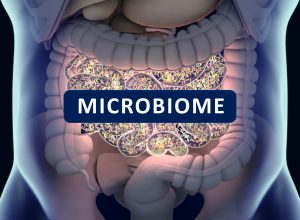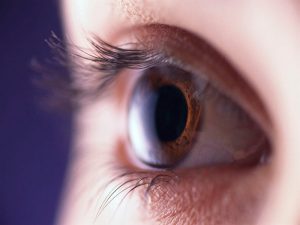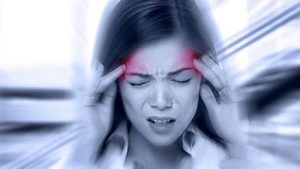
Most parents are torn about letting their middle or high school students take a sick day. “In some cases, the decision to keep kids home from school is clear, such as if the child is vomiting or has a high fever,” said Sarah Clark, co-director of the Mott Poll from University of Michigan Health C.S. Mott Children’s Hospital in Ann Arbor. “But parents often have to guess at whether their child’s report of ‘not feeling well’ represents a good reason to miss school.” In the latest poll — based on 1,300 responses last month from parents of 11- to 18-year-olds — 2 in 3 said their child frets about how missing school will affect their grades. The same number worry about missing friends or school activities. For parents, deciding whether kids need a sick day rests mainly on whether they think they can get through the entire academic day, whether they’re contagious and whether they will miss a test, presentation or after-school activity, the poll revealed. How any symptoms are causing them to behave is also key. When it’s not clear just how sick a child is, more than half of parents are likely to keep them home, according to the poll. Another 25% send them to school and keep their fingers crossed. About 1 in 5 let the child decide. The same number said… read on > read on >






































